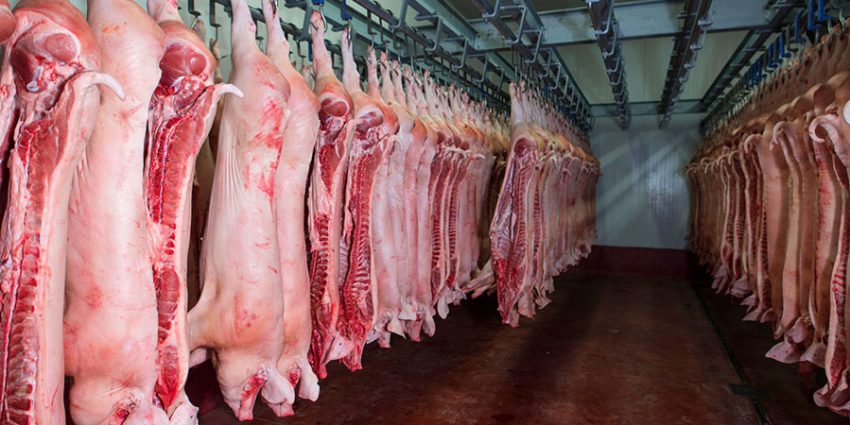Imagine walking into a butcher shop where every cut of meat is perfectly sliced, every portion precisely measured. This isn’t just a matter of skill; it’s the result of using precision tools designed for accuracy. In the world of meat processing, precision isn’t just a luxury—it’s a necessity. Why these tools are so crucial and how do they impact the entire meat processing process?
Why Precision Tools Matter
Precision tools in meat processing are the unsung heroes behind every perfectly portioned steak and neatly trimmed roast. Here’s why they’re indispensable:
- Consistency: Precision tools ensure that every cut of meat is uniform. This consistency is vital for maintaining quality and meeting customer expectations.
- Efficiency: Accurate tools streamline the processing workflow, reducing waste and improving overall efficiency. When every cut is precise, the process becomes faster and more economical.
- Safety: Properly calibrated tools help minimize errors that can lead to accidents or injuries. Precision reduces the risk of mistakes that could compromise safety.
Types of Precision Tools and Their Roles
Different tools serve various functions, each contributing to the precision of the final product. Let’s explore some of these key players:
- Meat Saws: Electric and band saws offer precise cuts, reducing manual labor and ensuring uniform portions. They are crucial for slicing large cuts into manageable pieces with accuracy.
- Grinders: Precision grinders ensure that meat is ground to the exact texture required. They help in achieving the right consistency for products like sausages and ground beef.
- Scales: Digital scales provide accurate measurements of weight, crucial for portion control and recipe consistency. They ensure that every package meets the specified weight requirements.
The Benefits of Precision in Meat Processing
The advantages of using precision tools extend beyond mere accuracy. Here’s how they benefit both producers and consumers:
- Quality Control: Precision tools help in maintaining high standards of quality. Consistent cuts and measurements result in a superior end product that meets quality benchmarks.
- Waste Reduction: Accurate cutting and processing reduce meat waste. By ensuring that every cut is precise, processors can make the most out of each piece of meat.
- Customer Satisfaction: Uniform products lead to satisfied customers. When consumers receive consistent quality and size, they are more likely to return for future purchases.
Conclusion
Precision tools are the backbone of efficient and high-quality meat processing. Understanding the importance of precision in meat processing helps us appreciate the craftsmanship behind every perfectly cut steak and ground meat product. So next time you enjoy a beautifully prepared piece of meat, remember the precision tools that made it possible.

